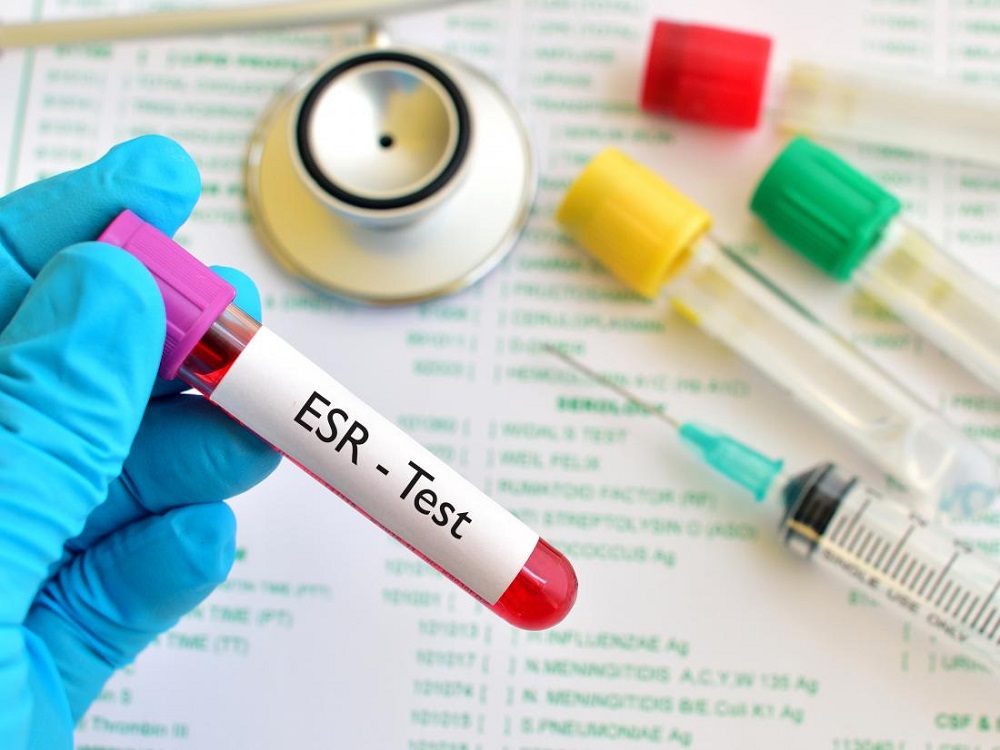Role of ESR Test in Diagnosing Inflammatory Diseases
ESR test is a blood test which is known to be of great importance in diagnosing the inflammatory diseases. ESR means erythrocyte sedimentation rate and it determines the rate at which red blood cells deposit at the bottom of a test tube. When the body experiences inflammation, the colored particles in the blood cells, particularly the red ones, coagulate at a faster pace. ESR test can be used in diagnosing whether there is inflammation in the entire body or tracking the progress of some of the inflammatory diseases.
Understanding the ESR Test
The ESR test is a routine test and is not invasive. It entails taking a sample of blood from a vein, preferably on the arm using a fine needle. The blood sample is then transferred to a tall and slender tube and left to stand for one hour without stirring. After this time, it is determined the how many millimetres per hour (mm/hr) the red blood cells have fallen. Thus, a higher ESR suggests inflammation in the body.
Why the ESR Blood Test is Important
Swelling in the body can be because of several diseases such as infections, autoimmune disorders and some types of cancer. ESR blood test can therefore be useful in diagnosing these conditions because it assists in determining the presence of Inflammation within the body. However, it is important to note that ESR test is not indicative of any specific disease in the human body. Rather, it implies that there is inflammation and one needs to find out what is causing it.
Diagnosing Inflammatory Diseases with the ESR Test
It is important to mention that several inflammatory diseases can be pointed with the help of the ESR test. Some of the most common conditions include:
- Rheumatoid Arthritis
Rheumatoid arthritis (RA) is a long-term condition which involves the inflammation of the joints. ESR blood test may be useful for RA distinction because it reflects the level of inflammation in the body. The presence of symptoms such as joint pain, swelling, and stiffness can also be indicative of RA and should be supported by elevated ESR levels.
- Systemic Lupus Erythematosus
Another autoimmune disease that can affect the whole body is known as systemic lupus erythematosus (SLE). The ESR test is used to assess the level of activity of the disease. Higher ESR levels are usually an indication of a flare-up or active disease, while lower amounts suggest that the disease is in remission.
- Polymyalgia Rheumatica
Polymyalgia rheumatica is a chronic inflammatory disease with predominant muscle pain and stiffness involving shoulders and hips. ESR blood test is usually high in this condition and the levels may be used to diagnose the condition and assess response to treatment.
- Temporal Arteritis
Temporality arteritis, commonly referred to as giant cell arteritis, is an inflammation of the temporal artery. This condition is likely to cause illnesses such as headaches and affect vision. The ESR test is important in diagnosing temporal arteritis as the ESR usually remains significantly high in these patients.
- Inflammatory Bowel Disease
Crohn’s disease and ulcerative colitis are two types of IBD and are manifested by inflammation of the digestive tract mucosa. The ESR blood test can provide a person with the information about the level of inflammation present in the body, and the efficiency of the chosen treatment course.
- Infections
Bacterial infections, like endocarditis and osteomyelitis, are also known to trigger intense inflammatory reactions in the body. The ESR test can also assist with diagnosis of these infections as the results suggest high levels of inflammation.
Interpreting ESR Test Results
It should be noted that ESR test can also be used to track inflammation and hence, it cannot act as a stand-alone diagnostic tool. Hypersensitive erythrocyte sedimentation rate is not specific for the inflammation. Other conditions like age, pregnancy and anemia can also influence the ESR levels. Hence, ESR blood test is usually preceded by ESR and other blood tests, physical examination and a detailed assessment of the symptoms.
Advantages of the ESR Test
The ESR test offers several advantages in diagnosing inflammatory diseases:
- Simplicity: The test is very simple and no elaborate instruments are needed for testing.
- Non-specificity: Though this may sound like a drawback, the fact that the ESR blood test is useful in detecting many inflammation-related diseases makes it handy as a screening test.
- Cost-effectiveness: Compared to other diagnostic tests the ESR test is quite cost effective.
- Monitoring Tool: It is useful for tracking developments of inflammatory diseases and therapeutic protocols for patients.
Limitations of the ESR Test
Despite its advantages, the ESR test has some limitations:
- Non-specificity: This test does not identify the cause of inflammation, thus requires further investigations.
- Influence of External Factors: ESR depends on such factors as age, gender, certain medications; therefore they may produce false positive or negative results.
- Delayed Response: ESR does not usually respond immediately to the onset of inflammation; therefore, diagnosis of the condition is bound to be affected.
Conclusion
The ESR test is therefore of great importance in diagnosing and managing different inflammatory diseases. The ESR blood test aids in detecting inflammation by identifying the rate at which the red blood cells precipitate in the test tube. The test is most helpful for conditions of rheumatoid arthritis, systemic lupus erythematosus, polymyalgia rheumatica, temporal arteritis, inflammatory bowel disease and infections. However, what must not be forgotten is that there is no disease, which is associated exclusively with the ESR test and therefore, it must be used in combination with other diagnostic tests. Overall, it has become clear that ESR test is still an important part of modern medical practice, which helps to diagnose and track certain inflammatory processes.



